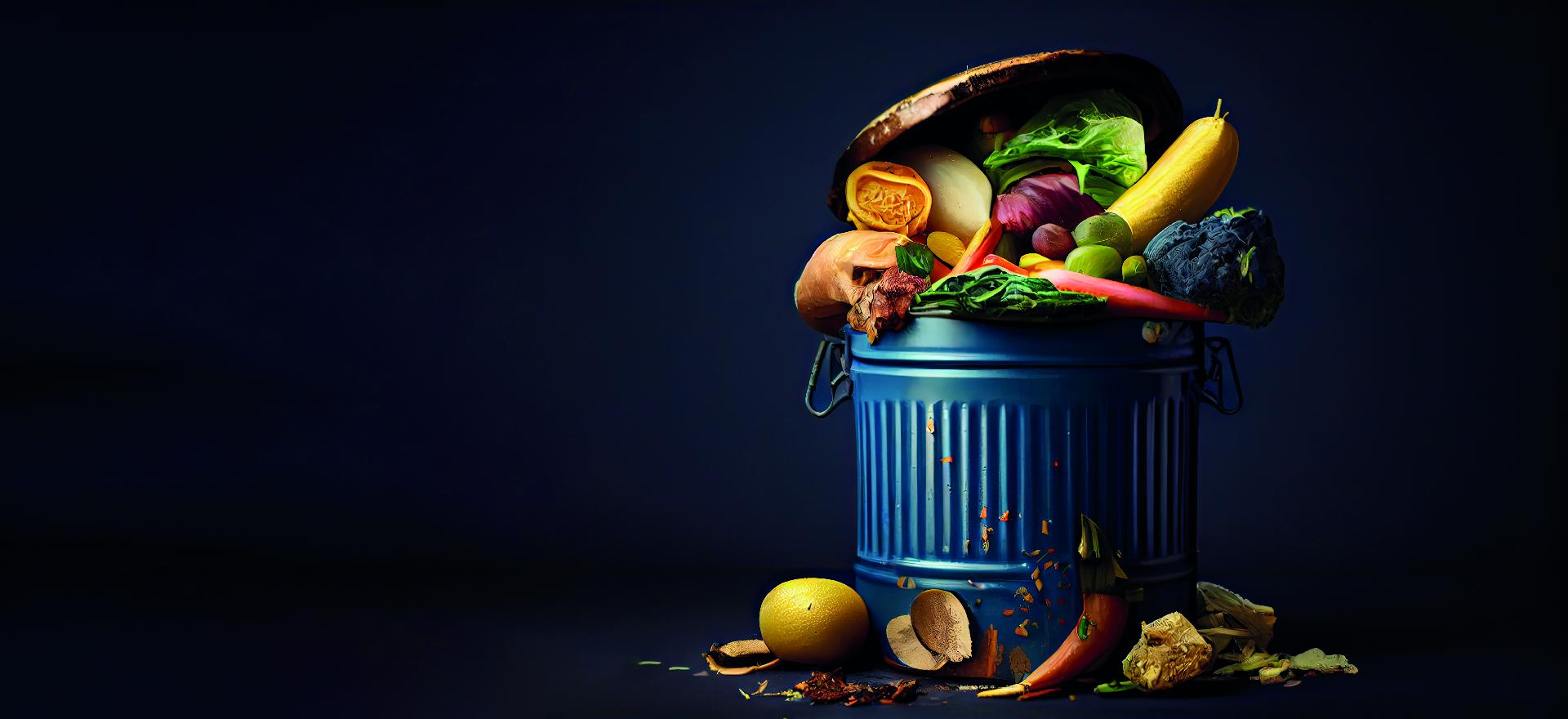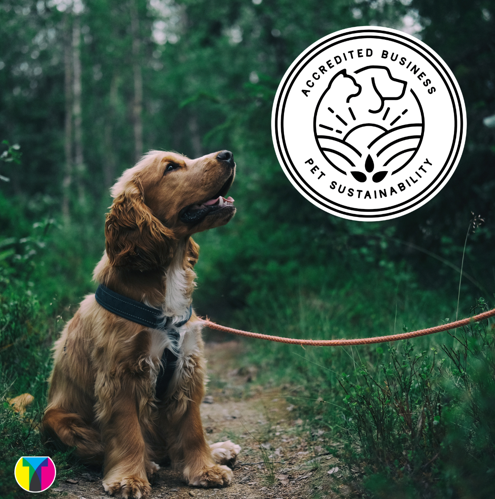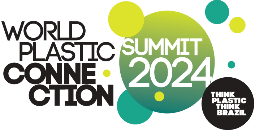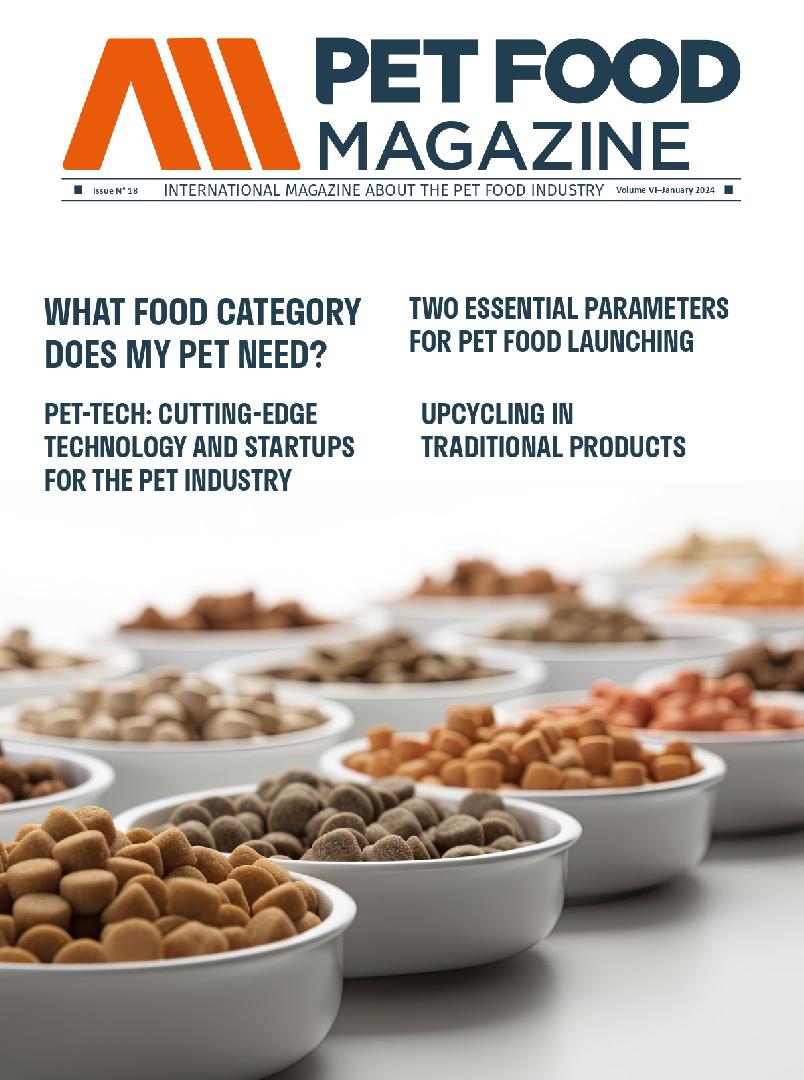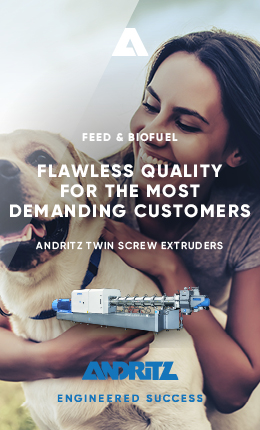What do we talk about when we talk about sustainability?
We speak of sustainable practices when the needs of the present are fulfilled without compromising the ability of future generations to meet their own.
Sustainability has a great objective: to guarantee a better life quality for all in a way that can be sustained in the long term. If we expand the concept of sustainability, we find that it is not only about caring for the environment: it also refers to social equity creation and long-term profitability increase. Based on these two concepts, a sustainable product will never become such if, at least, it does not achieve social equity or have growing profitability in the long term.
'A sustainable food system provides healthy food to meet current food needs while maintaining healthy ecosystems that can also provide food for future generations, with a minimal negative impact on the environment.' APHA Definition
Sustainability is a shared goal
We cannot talk about sustainability without being aware that our industry is interdependent with many others simultaneously. Therefore, we cannot talk about sustainability without considering the ecosystem around the pet food industry. If we want to create a more sustainable industry, we must think about ecological, social, and economic aspects that not only impact us but the entire food system in general. The interdependence is endless: from sourcing and choice of ingredients, through marketing, packaging, and distribution, to carbon and water footprints, which vary greatly between plant- and animal-based ingredients, production strategy, and geographic location. To speak of a "sustainable" production process, we must measure several factors, such as: land use, waste management, greenhouse gas emissions, and biological diversity.
That is because it is not only a matter of measuring how much plastic waste we cause but also of evaluating the real environmental impact of all the life stages of our products in terms of global warming, eutrophication, acidification, photochemical smog, and land use, among others. This situation can be seen at the local, national, regional, and international levels.
Furthermore, if sustainability advocates for social equity, it also considers promoting local production and distribution infrastructures, the affordability and accessibility of food for those who need it, and the protection of farmers and other workers, consumers, and communities involved in the system.
Thus, as the industry uses by-products of human food production, it is intimately related to livestock production and the human food system. That is a challenge in itself: while we are already involved in the sustainability of systems using what for others is a waste, we face pet owners increasingly demanding cleaner and more transparent labels. And from the logic and (lack) of knowledge that most of them have, in terms of nutritional quality, the by-products or waste of food production for humans are synonymous with poor quality.
The core concept: nutritional sustainability
Applying these concepts to pet food production, we seek an industry with nutritional sustainability in which we are able to provide enough energy and essential to maintain the good health of the animal population without compromising the ability of future generations to meet their own nutritional needs.
And yes, a component of the sustainability of a food system must essentially be its ability to provide adequate and safe nutrition to its end users. But is that all? Of course not. As part of it, food can affect health not only because of its nutrient content and the amount consumed but also because of non-nutritive components, such as pesticides, fertilizers, preservatives, heavy metals, and microbiological contaminants. Indeed, many food systems may be nutritionally sustainable, yet the ecological, social, and economic aspects of sustainability need to balance to support comprehensive sustainability.
To be clear: The current global food system is nutritionally unsustainable… for many reasons
In developed countries, excessive consumption of highly processed and inexpensive foods high in sugar, saturated fat, and sodium has been a key contributor to the epidemic of obesity and obesity-associated diseases in humans. In contrast, the unavailability of affordable, nutrient-rich food in developing countries keeps contributing to hunger and malnutrition. In the near future, and if we continue down this path, this condition will only worsen as more crops such as corn, wheat, sugar cane, and palm oil (among others) are used for ethanol production or biodiesel and compete directly with food production. Furthermore, if we consider that most countries with the highest population growth are underdeveloped with poor economies, political instability, or inadequate agricultural land, what we can predict is not exactly... encouraging.
The important thing is: what are we doing?
Upcycling
This is a new word for something that, in the industry, we have been doing for a long, long time. It consists of using waste from human food production that would otherwise have been wasted; we are talking about meat by-products and vegetables with non-standard shapes.
● We are exploring new alternatives as protein sources such as insects, peas, or algae.
● We are looking for alternatives to potentially harmful micro-ingredients like titanium dioxide.
● We are evaluating the incorporation of new supplements such as prebiotics, postbiotics for pets, apple cider vinegar, or nutraceuticals.
Packaging
Once pet food is produced, we face packaging dichotomies. Pet owners want containers with low environmental impact yet beautiful, colorful, practical, and convenient: resealable or single-serving containers that keep contents fresh for a long time.
Due to a need for marketing and differentiation in the market, packaging (especially premium and super-premium quality) tends to be made of high-barrier materials with very bright and colorful graphic prints. Transferring this type of packaging to renewable resources or with low environmental impact is difficult today.
● Re-use: While working on the research and development of more sustainable materials, many companies choose to offer reusable containers with refill systems. Thus, although the material is harmful, reducing its amount, pollution and impact is reduced.
● Clean (and educational) labels: It's not just about being transparent about food content but about educating consumers about our choices. If we never take care to make pet owners aware of the benefits of, for example, insect-based formulas, it is very likely that this raw material will never be accepted as valid as dry pet food.
● We are promoting paper bag usage since they have a lower carbon footprint.
● The use of recyclable plastic is being promoted to create single-use packaging.
In summary
We can say that the food system does not meet the needs of present generations, so it fails even before reaching future generations.
Undoubtedly, industry professionals must begin to think about and evaluate the current supply chains and systems and allocate new resources. As a result, we will create new resources to approach, little by little, a more sustainable process in all its senses. And although it is a path that still has a long way to go, more and more ways are being found to innovate with alternatives and more sustainable ingredients and raw materials.
Today we have the opportunity to address these challenges and positively impact the sustainability of the pet industry through the redesign of products and manufacturing processes and promoting public education and favorable policy change for the care of the ecosystem.
Pet foods made with sustainable ingredients are the future.
Source: Pet Food
You could be interested: Common black fly larvae added to list of alternative protein source in animal feed
About author
María Candelaria CarbajoTranslator and editor. I collaborate with businesses and purposeful projects that want to improve their written communication, transmit their differential values, and connect with their audience. I enjoy teamwork and joining forces, experiences, and knowledge to bring to the world all the potential of businesses that seek to make an impact with their services, products, or experiences.



















